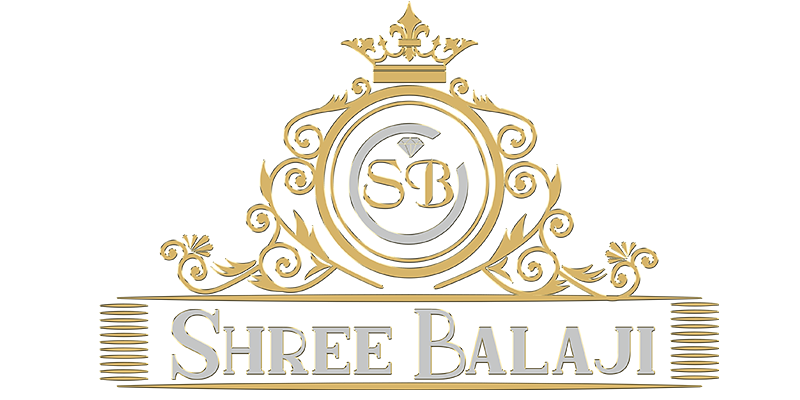Currently Empty: ₹0.00
Since the inverse head and shoulders pattern is a bullish pattern, it is a must to find the perfect entry point for a long position. A common misconception among a lot of traders is that they think the pattern is complete once the second shoulder forms. And what are the ways to maximize profitability when using inverse head and shoulders in trading?
The right shoulder matched the left shoulder, and the neckline angled upward. If you want to capitalize on this high-probability reversal setup, you’ll need to understand the inverse head and shoulders pattern inside and out. The weakness of an inverse head and shoulder pattern help with improving the trading strategy.
Pro: The inverse head and shoulders pattern is fairly reliable in predicting a trend reversal
Finally, the right shoulder is when the stock forms another new low close to the level of the first shoulder before moving up. The AUD/JPY price chart above illustrates that when the breakout occurs the price increase, and there is no retest around the resistance line. We’ve had a fantastic bull run since the lows of the covid crash, but are we in need… As you can see, a proper head and shoulders can offer multiple “cheat entries” if you are trying to layer into a position in anticipation.
The pattern starts with a downtrend, which is an extended move down that eventually results in exhaustion and a higher reversal as sellers leave and buyer speed up. WallStreetZen does not bear any responsibility for any losses or damage that may occur as a result of reliance on this data. He has worked for financial advisors, institutional investors, and a publicly-traded fintech company. Open a short selling position right after the price breaks out of the low of the Head. Then the Reverse H&S is probably forming as a consolidation before the market continues the prevailing downtrend. This formation may develop in an uptrend when the price takes a breather (or pause) before the continuation of the prevailing trend.
What does inverse head and shoulders indicate?
Following this formation is a bullish breakout above the resistance line connecting the two shoulders, known as the neckline. This pattern is formed when an asset’s price creates a low (the “left shoulder”), followed by a lower low (the “head”), and then a higher low (the “right shoulder”). Finally, if the price fails to hold the neckline and falls below it, a false breakout could be signaled, necessitating a strategy re-evaluation.
This powerful formation signals an upcoming trend reversal and presents juicy trading opportunities. These 6 methods provide the traders with necessary information to identify the pattern and set targets. Trading an inverse head and shoulder pattern the right way is important as it helps with fixing a profit target. These are the major features used to identify the inverse head and shoulder pattern.
Mitigating Risks of False Breakouts in the Inverse Head and Shoulders Pattern
These patterns can help them maximize profits or minimize losses when understanding the stock market’s direction. Additionally, understanding this pattern helps traders identify potential buying opportunities and spot potential risks in advance. The inverse head and shoulders has been used for decades as a reliable indicator of potential reversals.
Aggressive buyers drive the price up once more to the neckline, while sellers become more passive. This signals that the buyers are in control and that the downtrend is being reversed. When inverted head and shoulder pattern a head and shoulders pattern completes, the price will break through the neckline, and the trend reverses 80 percent of the time. The opposite of the inverse head and shoulders pattern is the head and shoulders top pattern, also known as the H&S top. This pattern occurs during a bull market and indicates a possible trend reversal.
Enhanced by significant trading volume, this calculative step fortifies the trader’s conviction in their positions. Risk management is an integral component of trading the inverse head and shoulders pattern. It involves strategic placement of stop loss orders to safeguard against unforeseen market reversals. Typically, a stop loss is positioned just below the neckline or potentially under the right shoulder’s trough for additional security.
- Sometimes, in a downtrend, look for hammer candlesticks for a sign of a possible bounce or reversal.
- And if the price breaks above Resistance, the Inverse Head and Shoulders pattern is “confirmed”, and the market could continue higher.
- The head develops when the stock creates another new low before retreating again.
- Thus, volume is more than a confirmation tool; it is central to momentum analysis and risk assessment.
- Aggressive buyers drive the price up once more to the neckline, while sellers become more passive.
While the inverse head and shoulders pattern is valuable, it should be just one component of a broader investment strategy. Combining it with other technical indicators and fundamental analysis can lead to more robust, profitable trading decisions. Triangle patterns are continuation patterns, differing from the head and shoulders patterns which are reversal patterns. Triangle patterns represent a period of consolidation before the price is forced to break out or break down due to tightening price action. Traders typically set profit targets based on the height of the pattern.

